Listed below are selected novels and graphic novels by Indigenous Canadians.
Vous trouverez ci-dessous une sélection de romans et de romans graphiques écrits par des Canadiens autochtones.
Novels (romans)
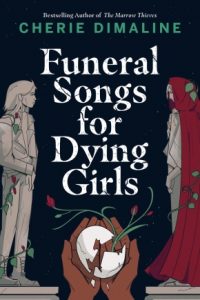 Funeral songs for dying girls,
Funeral songs for dying girls,
by Cherie Dimaline
Niveau scolaire (Grade level): 9 – 12
Winifred has lived in the apartment above the cemetery office with her father, who works in the crematorium all her life, close to her mother’s grave. With her sixteenth birthday only days away, Winifred has settled into a lazy summer schedule, lugging her obese Chihuahua around the grounds in a squeaky red wagon to visit the neglected gravesides and nursing a serious crush on her best friend, Jack.
by Oscar Hokeah
Niveau scolaire (Grade level): 7 – 12
Told in a series of voices, Calling for a Blanket Dance takes us into the life of Ever Geimausaddle through the multigenerational perspectives of his family as they face myriad obstacles. His father’s injury at the hands of corrupt police, his mother’s struggle to hold on to her job and care for her husband, the constant resettlement of the family, and the legacy of centuries of injustice all intensify Ever’s bottled-up rage. Meanwhile, all of Ever’s relatives have ideas about who he is and who he should be.
by Angeline Boulley
Niveau scolaire (Grade level): 9 – 12
Perry Firekeeper-Birch has always known who she is – the laidback twin, the troublemaker, the best fisher on Sugar Island. Her aspirations won’t ever take her far from home, and she wouldn’t have it any other way. But as the rising number of missing Indigenous women starts circling closer to home, as her family becomes embroiled in a high-profile murder investigation, and as greedy grave robbers seek to profit off of what belongs to her Anishinaabe tribe, Perry begins to question everything.
by David A. Robertson; interior illustrations by Natasha Donovan
Niveau scolaire (Grade level): 5 – 8
Morgan and Eli, two Indigenous children forced away from their families and communities, are brought together in a foster home in Winnipeg, Manitoba. They each feel disconnected, from their culture and each other, and struggle to fit in at school and at their new home — until they find a secret place, walled off in an unfinished attic bedroom.
by Tara White
Niveau scolaire (Grade level): 5 – 9
This moving novel of self-discovery and redemption takes place during the Oka Crisis of the summer of 1990. Having been adopted as an infant, Carrie has always felt out of place, and recurring dreams keep warning that someone close to her will be badly hurt. When she finds out that her birth father is living in Kahnawake, Quebec, she goes there and finally finds a place she truly belongs.
by Angeline Boulley
Niveau scolaire (Grade level): 9 – 12
Eighteen-year-old Daunis Fontaine has never quite fit in, both in her hometown and on the nearby Ojibwe reservation. She dreams of a fresh start at college, but when family tragedy strikes, Daunis puts her future on hold to look after her fragile mother. The only bright spot is meeting Jamie, the charming new recruit on her brother Levi’s hockey team. Yet even as Daunis falls for Jamie, she senses the dashing hockey star is hiding something.
by Melanie Florence
Niveau scolaire (Grade level): 7 – 9
When John discovers dancing, he finds himself facing ridicule from his soccer teammates and hostility from the dancers at the cultural center. To dance at the Pow Wow, he must learn to balance his responsibilities, confront his fears and embrace both the Irish and the Cree sides of his heritage. Also available as an eBook.
by Aviaq Johnston; illustrations by Toma Feizo Gas
Niveau scolaire (Grade level): 7 – 12
After a strange and violent blizzard leaves young shaman-in-training Pitu stranded on the sea ice–without his dog team or any weapons to defend himself–he soon realizes that he is no longer in the word that he once knew. The storm has carried him into the world of the spirits, a world populated by terrifying creatures. After stumbling upon a fellow shaman who has been trapped in the spirit world for many years, Pitu must master all of his shamanic powers to make his way back to the world of the living, to his family and to the girl that he loves.
by David A. Robertson
Niveau scolaire (Grade level): 7 – 12
When Cole Harper returns to Wounded Sky First Nation, he finds his community in chaos: a series of murders, a mysterious illness ravaging the population and reemerging questions about Cole’s role in the tragedy that drove him away ten years ago.
 Tilly: A story of hope and resilience,
Tilly: A story of hope and resilience,
by Monique Gray Smith
Niveau scolaire (Grade level): 9 – 12
Tilly has always known she’s part Lakota on her dad’s side. She’s grown up with the traditional teachings of her grandma, relishing the life lessons of her beloved mentor. But it isn’t until an angry man shouts something on the street that Tilly realizes her mom is Aboriginal too–a Cree woman taken from her own parents as a baby. Now she must deal with her mother’s pain, as well as her own.
by Cherie Dimaline
Niveau scolaire (Grade level): 8 – 12
Humanity has nearly destroyed its world through global warming, but now an even greater evil lurks. The indigenous people of North America are being hunted and harvested for their bone marrow, which carries the key to recovering something the rest of the population has lost: the ability to dream. In this dark world, Frenchie and his companions struggle to survive as they make their way up north to the old lands.
Graphic Novels (roman graphiques)
by Brianna Jonnie & Nahanni Shingoose; art by Neal Shannacappo
Niveau scolaire (Grade level): 7 – 12
Combining graphic fiction and non-fiction, this young adult graphic novel serves as a window into one of the unique dangers of being an Indigenous teen in Canada today. The text of the book is derived from excerpts of a letter written to the Winnipeg Chief of Police by fourteen-year-old Brianna Jonnie. In her letter, Jonnie calls out the authorities for neglecting to immediately investigate missing Indigenous people and urges them to “not treat me as the Indigenous person I am proud to be,” if she were to be reported missing.
by Tasha Spillett; illustrated by Natasha Donovan
Niveau scolaire (Grade level): 7 – 12
Miikwan and Dez are best friends. Miikwan is Anishinaabe; Dez is Inninew. Together, the teens navigate the challenges of growing up in an urban landscape – they’re so close, they even completed their Berry Fast together. However, when Dez’s grandmother becomes too sick, Dez is told she can’t stay with her anymore. With the threat of a group home looming, Dez can’t bring herself to go home and disappears.
by David Alexander Robertson; illustrated by Scott B. Henderson
Niveau scolaire (Grade level): 4 – 9
A search down a wooded path for a well-hit baseball turns into an encounter between Pamela and a veteran soldier standing in front of a monument. The statue commemorates the heroism of Sgt. Tommy Prince, the most decorated Aboriginal soldier in Canada. Pamela is curious, and the veteran is happy to regale her with the story of the expert marksman and tracker, renowned for his daring and bravery in World War II and the Korean War.
by Canizales; translated from Spanish by Sofía Huitrón Martínez
Niveau scolaire (Grade level): 9 – 12
Andrea, a young Indigenous Colombian woman, has returned to the land she calls home. Only nineteen years old, she comes to mourn her lost child, carrying a box in her arms. And she comes with another mission. Andrea has hidden a camera upon herself. If she can capture evidence of the illegal mining that displaced her family, it will mark the first step toward reclaiming their land.
by David Alexander Robertson; illustrated by Scott B. Henderson
Niveau scolaire (Grade level): 4 – 6
On her way to school one day, Sarah is relieved to find the book she’d dropped the day before – shortly after an encounter with a bear. But when she opens it, the story within, about the Cree chief Mistahimaskwa, comes alive. It takes Sarah back to the Saskatchewan Plains of 1832, where the young boy who would become the great chief first learns the ways of his people, to the final days of his life. Part of the Tales from Big Spirit series.
 A girl called Echo, Vol 1: Pemmican Wars,
A girl called Echo, Vol 1: Pemmican Wars,
by Katherena Vermette; illustrated by Scott B. Henderson; coloured by Donovan Yaciuk
Niveau scolaire (Grade level): 5 – 12
Echo Desjardins, a 13-year-old Métis girl adjusting to a new home and school, is struggling with loneliness while separated from her mother. Then an ordinary day in Mr. Bee’s history class turns extraordinary, and Echo’s life will never be the same. In the following weeks, Echo slips back and forth in time. She visits a Métis camp, travels the old fur-trade routes, and experiences the perilous and bygone era of the Pemmican Wars. Also available as an eBook.
by Jen Storm; illustrated by Scott B. Henderson; coloured by Donovan Yaciuk
Niveau scolaire (Grade level): 6 – 9
Looking for a little mischief after finding an old flare gun, Ron and Ben suddenly find themselves in trouble when the local gas bar on Agamiing Reserve goes up in flames, and they are wrongly accused of arson by the sheriff’s son. As the investigation goes forward, community attitudes are revealed, and the truth slowly comes to light. Part of the Debwe Series, which features exceptional Indigenous writing from across Canada.
by Patti LaBoucane-Benson; art by Kelly Mellings
Niveau scolaire (Grade level): 8 – 12
Pete, a young Indigenous gang member, is sent to jail for killing his mother’s boyfriend during a fight. While there, he realizes that he has become a negative influence on his younger brother and decides to turn his life around with the help of traditional Aboriginal healing circles and ceremonies.
story by Iskwé and Erin Leslie; script by David Alexander Robertson; art by GMB Chomichuk
Niveau scolaire (Grade level): 9 – 12
May, a young teenage girl, traverses the city streets, finding keepsakes in different places along her journey. While May fights against a terrible reality, she learns that there is strength in the spirit of those that have passed. A story of tragedy and beauty, Will I See illuminates the issue of missing and murdered Indigenous women. Based on the story by Iskwé and Erin Leslie.
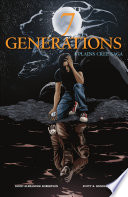 7 generations: A Plains Cree saga,
7 generations: A Plains Cree saga,
by David Alexander Robertson; illustrated by Scott B. Henderson
Niveau scolaire (Grade level): 7 – 12
Edwin is facing an uncertain future. Only by learning about his family’s past – as warriors, survivors of a smallpox epidemic, casualties of a residential school – will he be able to face the present and embrace the future. Part of the 7 Generations Series.
Trouver d’autres ressources
Voici quelques conseils pour trouver d’autres ressources dans ce domaine :
- Sur la page principale du site de la bibliothèque de l’UBC, utilisez la boîte de recherche générale pour rechercher des matériaux à travers toutes les succursales de la bibliothèque de l’UBC.
- Pour limiter vos résultats aux matériels disponibles à la Bibliothèque de l’éducation, visitez le site web de la Bibliothèque de l’éducation et effectuez une recherche à l’aide de la case “Search Education Resources” située dans la bande à gauche de l’écran.
- Remarque : les ressources étant principalement cataloguées en anglais, les termes ci-dessous donnent généralement plus de résultats que les recherches effectuées en français. Vous pouvez filtrer votre liste de résultats par langue dans la barre latérale de gauche.
- Utilisez des termes de recherche spécifiques, tels que
- “First Nations”, “Graphic Novels”, “Juvenile Fiction”, “Indigenous, Aboriginal, Musqueam (or any nation)”, “Indigenous peoples AND Canada AND Residential schools AND Comic books, strips, etc.”, ou “Native peoples AND Canada AND Fiction”
- Pour trouver des plans de cours, incluez “lesson plans”, “lesson planning”, or “activity programs” dans vos termes de recherche.
Finding More Resources
To find more resources in this area, try the following:
- Search using the General tab on the UBC Library website to look for material in all UBC Library branches.
- Search using “Search Education Resources” box in the left hand bar on the Education Library website to limit your results to physical materials in the Education Library.
- Use specific search terms, such as
- “First Nations”, “Graphic Novels”, “Juvenile Fiction”, “Indigenous, Aboriginal, Musqueam (or any nation)”, “Indigenous peoples AND Canada AND Residential schools AND Comic books, strips, etc.”, and “Native peoples AND Canada AND Fiction”
- To find lesson plans, include “lesson plans”, “lesson planning”, or “activity programs” in your search terms.



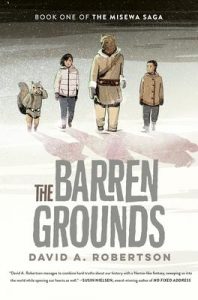


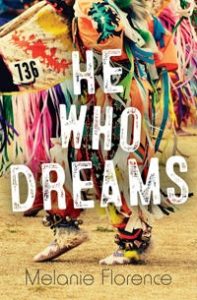
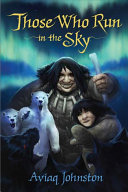

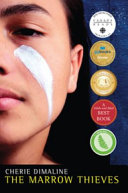
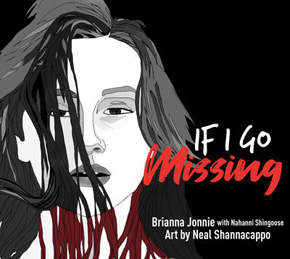
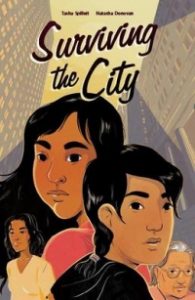
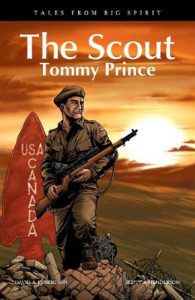
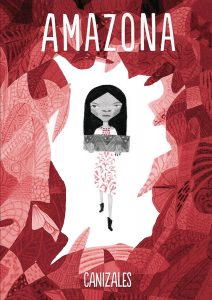
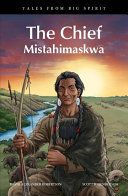

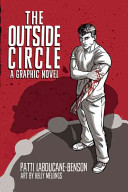
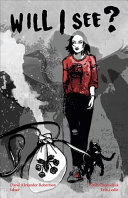

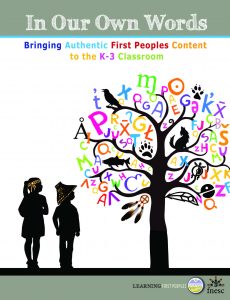

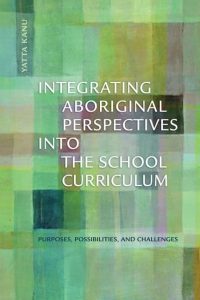

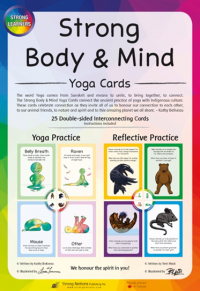

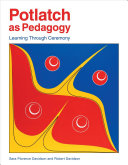
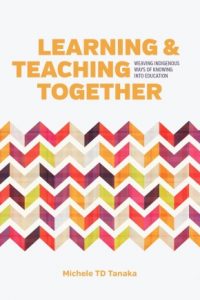

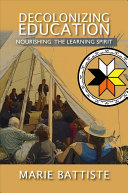

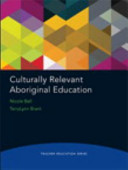
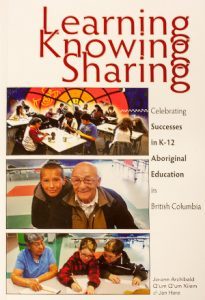
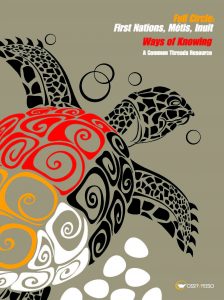
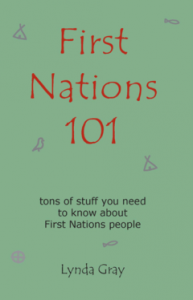
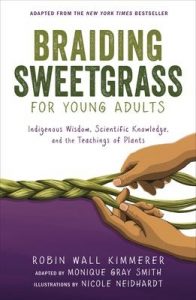
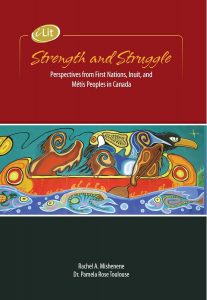


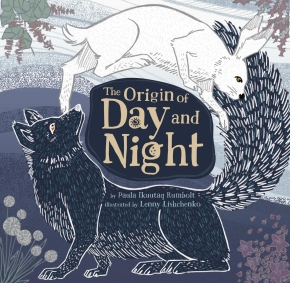
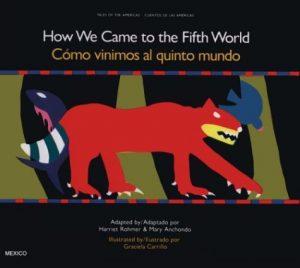
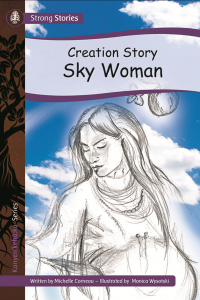
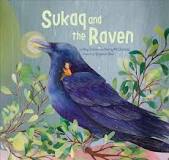
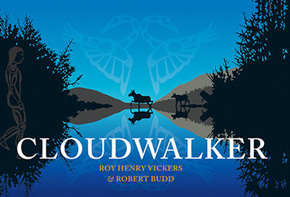

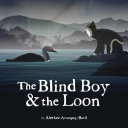

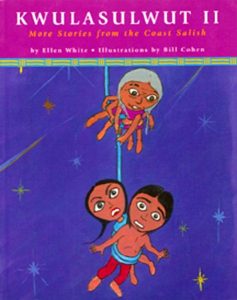


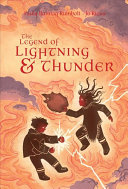
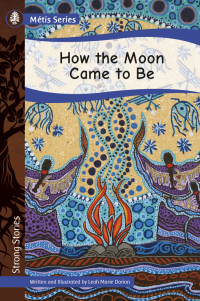
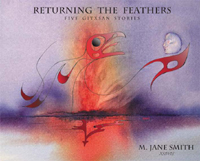
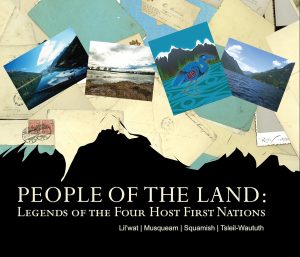

 Bridging cultures: Scientific and indigenous ways of knowing nature
Bridging cultures: Scientific and indigenous ways of knowing nature
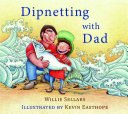 Dipnetting with dad
Dipnetting with dad A day with Yayah
A day with Yayah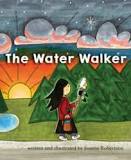 The water walker
The water walker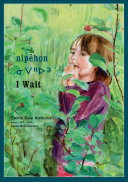 Nipêhon (I wait)
Nipêhon (I wait)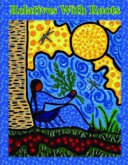
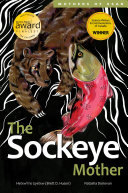 The sockeye mother
The sockeye mother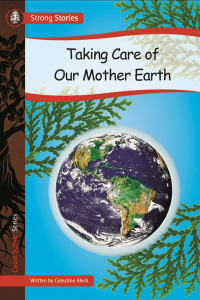
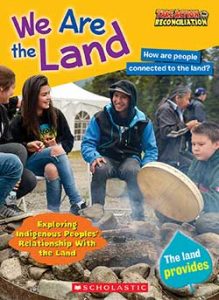
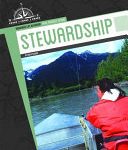
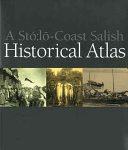
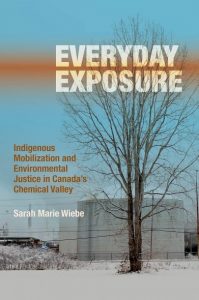

 Teaching primary art
Teaching primary art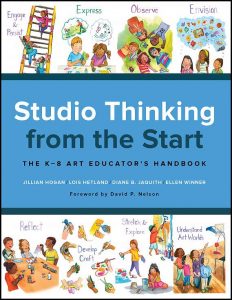 Studio thinking from the start: The K-8 art educator’s handbook
Studio thinking from the start: The K-8 art educator’s handbook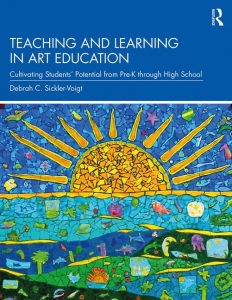
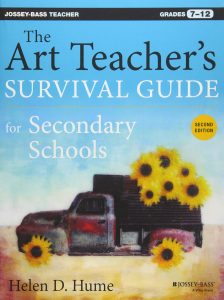 The art teacher’s survival guide for secondary schools: Grades 7-12
The art teacher’s survival guide for secondary schools: Grades 7-12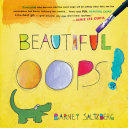 Beautiful oops!
Beautiful oops!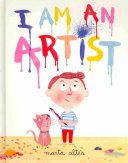 I am an artist
I am an artist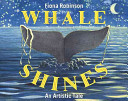 Whale shines: An artistic tale
Whale shines: An artistic tale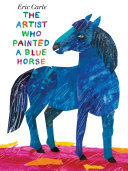 The artist who painted a blue horse
The artist who painted a blue horse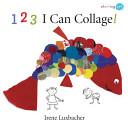 Starting art series
Starting art series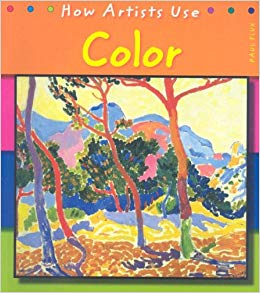 How artists use series
How artists use series The Usborne book of art skills
The Usborne book of art skills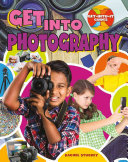 Get into photography
Get into photography Maker projects for kids who love printmaking
Maker projects for kids who love printmaking
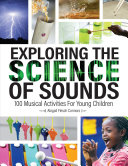 Exploring the science of sounds: 100 musical activities for young children
Exploring the science of sounds: 100 musical activities for young children
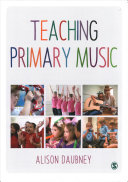 Teaching primary music
Teaching primary music Growing musicians: Teaching music in middle school and beyond
Growing musicians: Teaching music in middle school and beyond MENC handbook of research on music learning
MENC handbook of research on music learning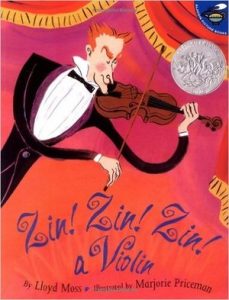 Zin! zin! zin!: a violin
Zin! zin! zin!: a violin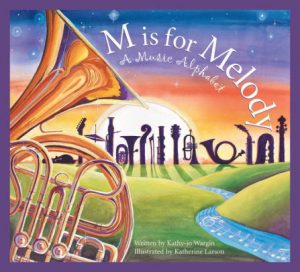 M is for melody: A music alphabet
M is for melody: A music alphabet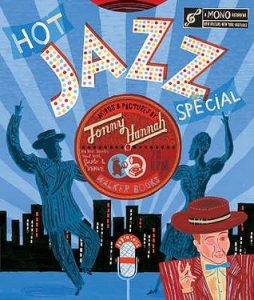 Hot jazz special
Hot jazz special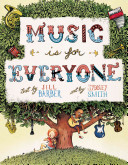 Music is for everyone
Music is for everyone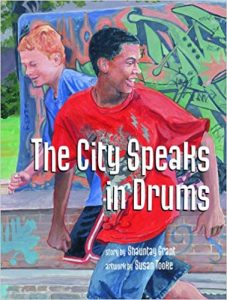 The city speaks in drums
The city speaks in drums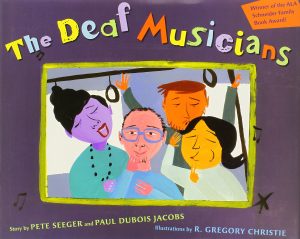 The deaf musicians
The deaf musicians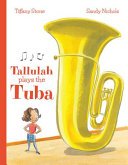 Tallulah plays the tuba
Tallulah plays the tuba Punk Farm
Punk Farm Children’s book of music
Children’s book of music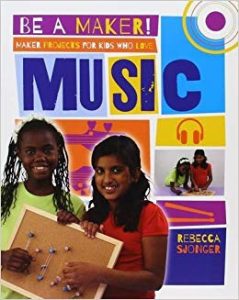 Maker projects for kids who love music
Maker projects for kids who love music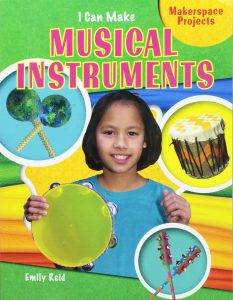 I can make musical instruments
I can make musical instruments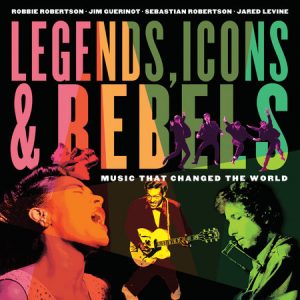 Legends, icons & rebels: Music that changed the world
Legends, icons & rebels: Music that changed the world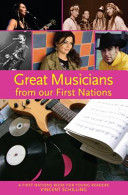 Great musicians from our First Nations
Great musicians from our First Nations
 Drama play: Bringing books to life through drama in the early years
Drama play: Bringing books to life through drama in the early years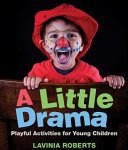

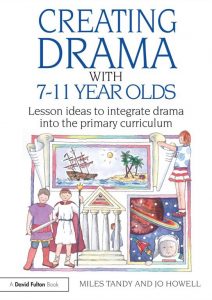
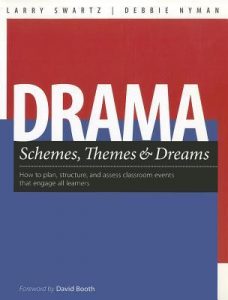 Drama schemes, themes & dreams: How to plan, structure, and assess classroom events that engage all learners
Drama schemes, themes & dreams: How to plan, structure, and assess classroom events that engage all learners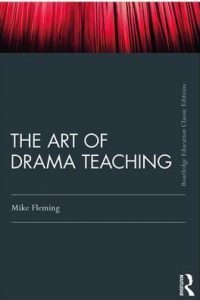 The art of drama teaching
The art of drama teaching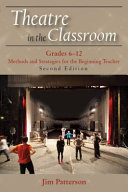 Theatre in the classroom, grades 6-12: Methods and strategies for the beginning teacher
Theatre in the classroom, grades 6-12: Methods and strategies for the beginning teacher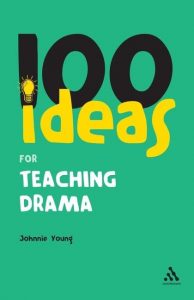

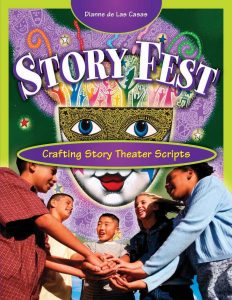 Story fest: Crafting story theater scripts
Story fest: Crafting story theater scripts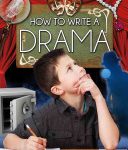
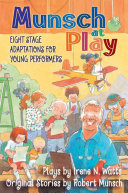 Munsch at play: Eight stage adaptations for young performers
Munsch at play: Eight stage adaptations for young performers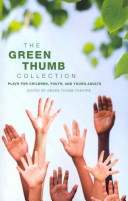 The Green Thumb collection: Plays for children, youth, and young adults
The Green Thumb collection: Plays for children, youth, and young adults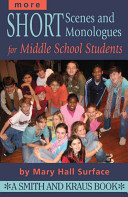 More short scenes and monologues for middle school students: Inspired by literature, social studies, and real life
More short scenes and monologues for middle school students: Inspired by literature, social studies, and real life
 Integrating the arts across the elementary school curriculum
Integrating the arts across the elementary school curriculum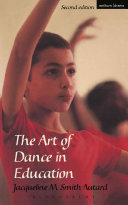
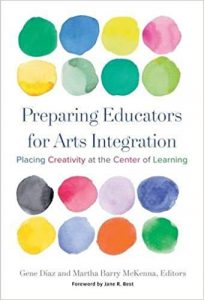 Preparing educators for arts integration: Placing creativity at the center of learning
Preparing educators for arts integration: Placing creativity at the center of learning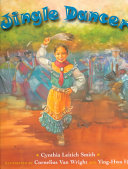 Jingle dancer
Jingle dancer Dancing in the wings
Dancing in the wings Flora and the flamingo
Flora and the flamingo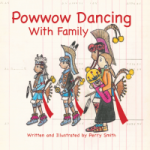
 Swan: The life and dance of Anna Pavlova
Swan: The life and dance of Anna Pavlova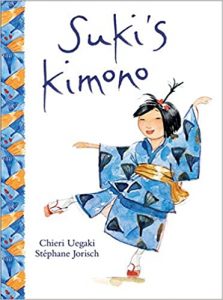 Suki’s kimono
Suki’s kimono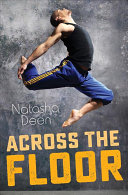 Across the floor
Across the floor Spin the sky
Spin the sky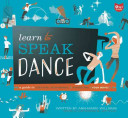 Learn to speak dance: A guide to creating, performing, and promoting your moves
Learn to speak dance: A guide to creating, performing, and promoting your moves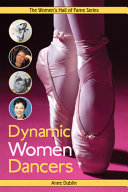 Dynamic women dancers
Dynamic women dancers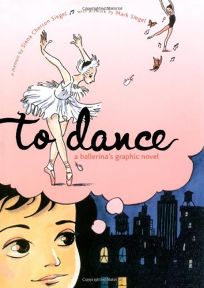

 Heartbeat of the Earth: a handbook on connecting children to nature through indigenous teachings
Heartbeat of the Earth: a handbook on connecting children to nature through indigenous teachings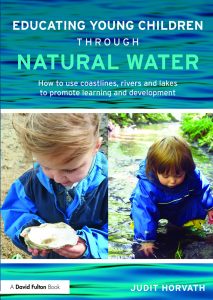 Educating young children through natural water: How to use coastlines, rivers and lakes to promote learning and development
Educating young children through natural water: How to use coastlines, rivers and lakes to promote learning and development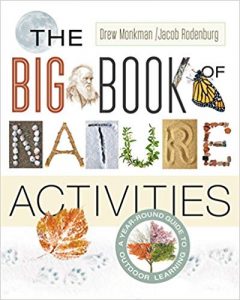 The big book of nature activities: A year-round guide to outdoor learning
The big book of nature activities: A year-round guide to outdoor learning

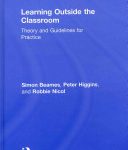

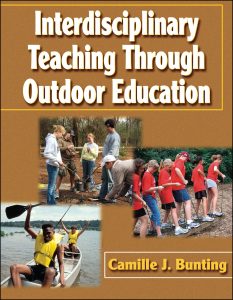

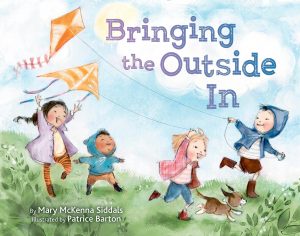 Bringing the outside in
Bringing the outside in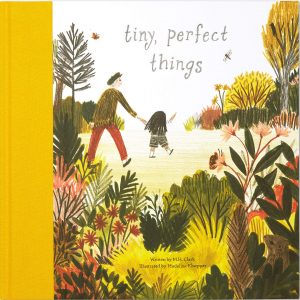 Tiny, perfect things
Tiny, perfect things Up in the garden and down in the dirt
Up in the garden and down in the dirt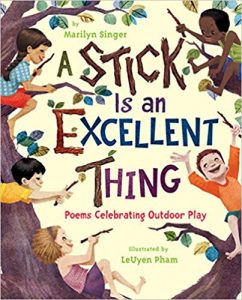 A stick is an excellent thing: Poems celebrating outdoor play
A stick is an excellent thing: Poems celebrating outdoor play When we go walking
When we go walking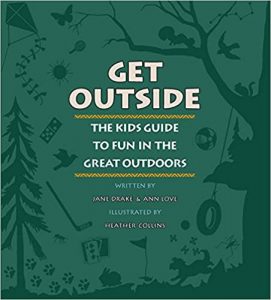 Get outside: The kids guide to fun in the great outdoors
Get outside: The kids guide to fun in the great outdoors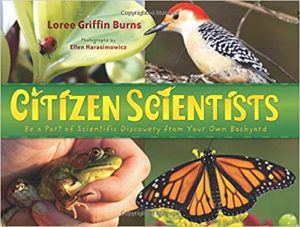 Citizen scientists: Be a part of scientific discovery from your own backyard
Citizen scientists: Be a part of scientific discovery from your own backyard
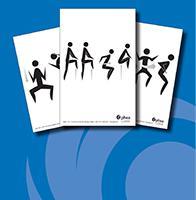 Ophea 50 fitness activity cards [Les 50 cartes d’activités physiques d’Ophea]
Ophea 50 fitness activity cards [Les 50 cartes d’activités physiques d’Ophea] Youth strength training: Programs for health, fitness, and sport
Youth strength training: Programs for health, fitness, and sport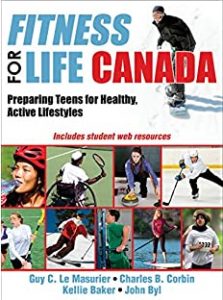
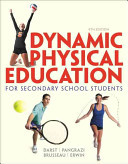 Dynamic physical education: For secondary school students
Dynamic physical education: For secondary school students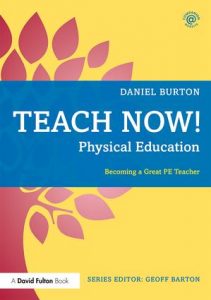 Teach
Teach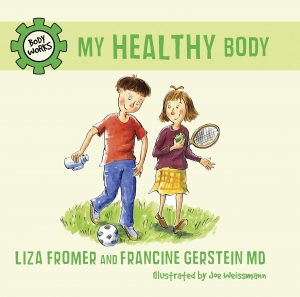 My healthy body
My healthy body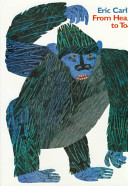 From head to toe
From head to toe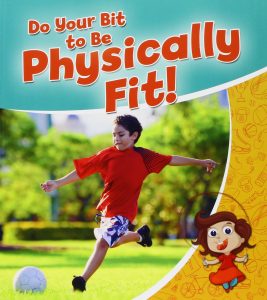 Do your bit to be physically fit!
Do your bit to be physically fit!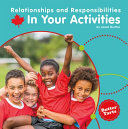 In your activities
In your activities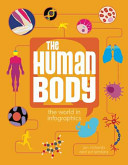 The human body
The human body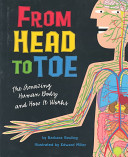 From head to toe: The amazing human body and how it works
From head to toe: The amazing human body and how it works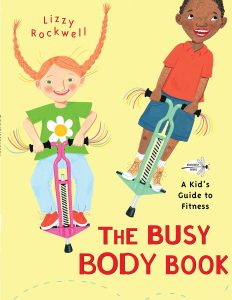 The busy body book: A kid’s guide to fitness
The busy body book: A kid’s guide to fitness